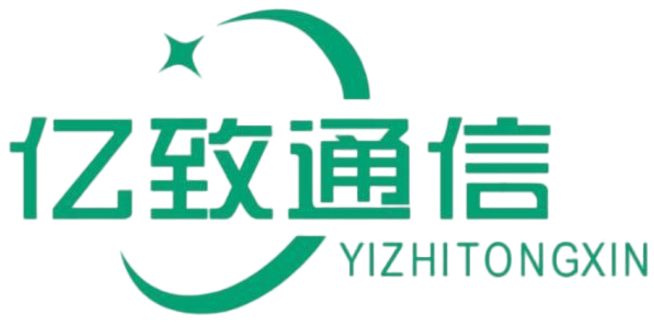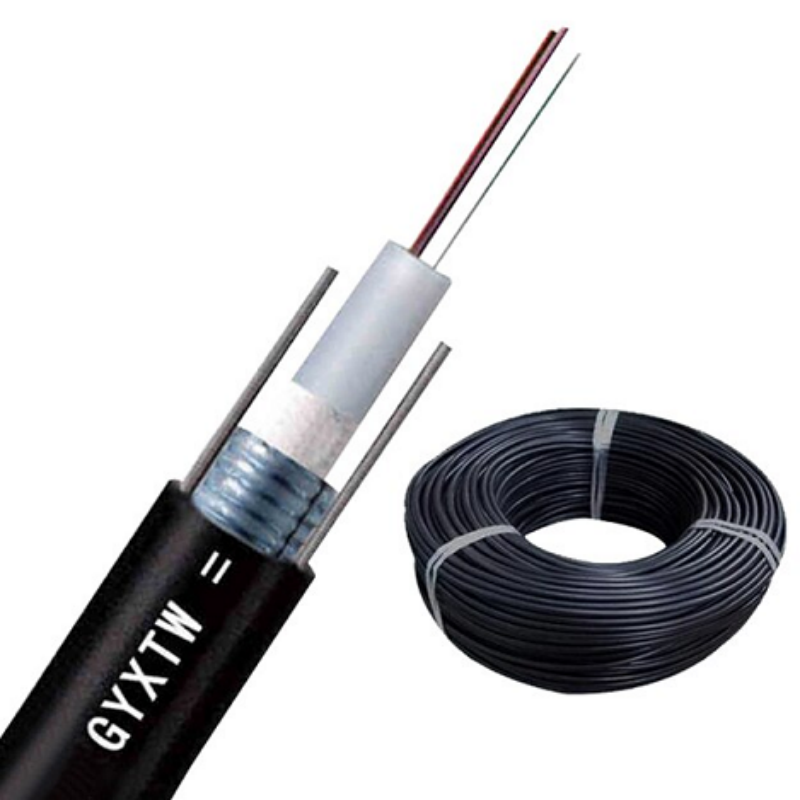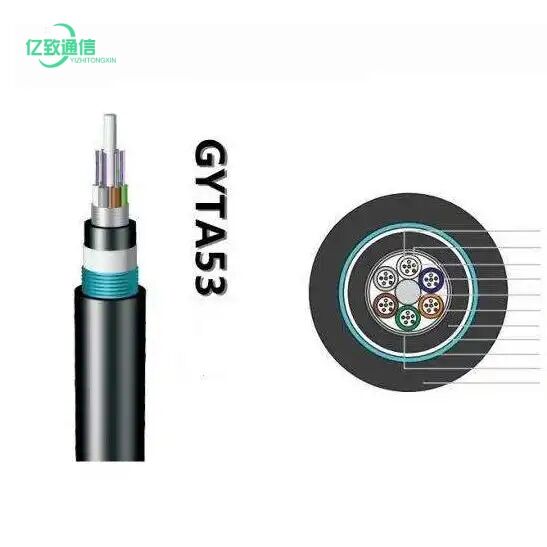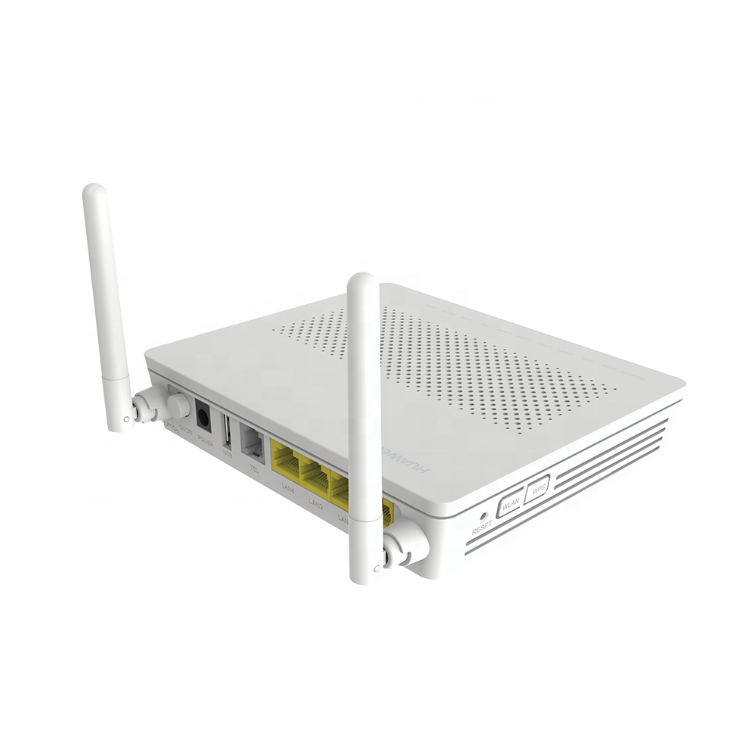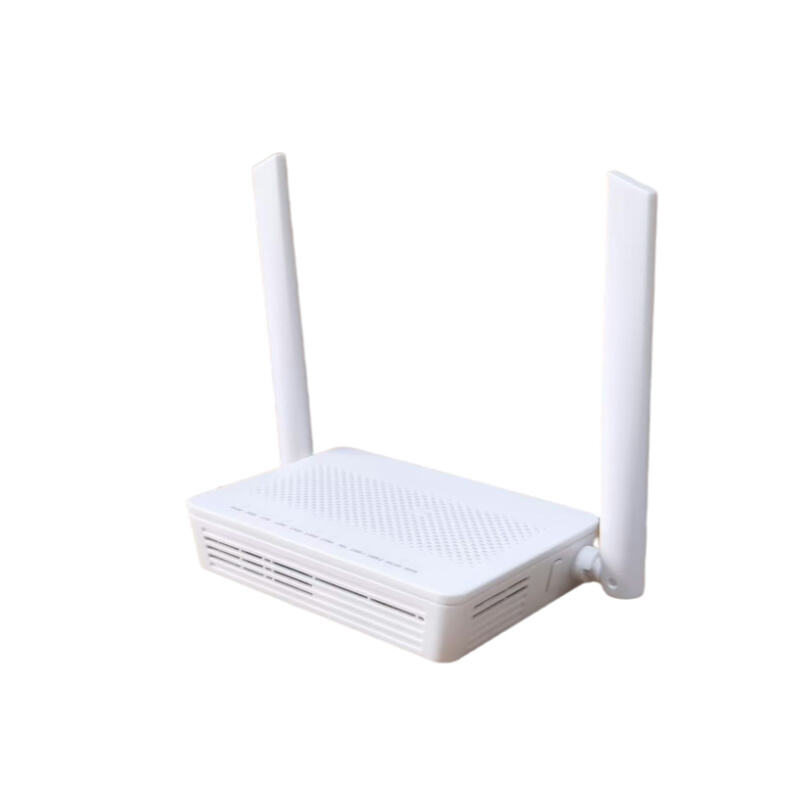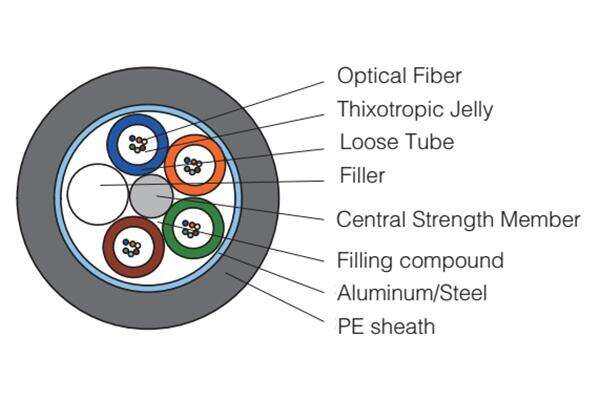customized optic cable types
Customized optic cable types represent a cutting-edge solution in modern telecommunications and data transmission infrastructure. These specialized cables are engineered to meet specific requirements and operating conditions, offering tailored solutions for diverse applications. The customization process encompasses various parameters including core diameter, cladding thickness, coating materials, and mechanical specifications. These cables can be designed to operate in extreme temperatures, resist chemical exposure, withstand high mechanical stress, or deliver specific bandwidth requirements. The manufacturing process involves precision engineering to ensure optimal light transmission while maintaining signal integrity over extended distances. Advanced materials and construction techniques allow for customization of essential characteristics such as attenuation rates, dispersion properties, and bend radius tolerances. Whether deployed in underwater communications, aerospace applications, or industrial environments, these cables can be modified to incorporate specialized features such as enhanced durability, improved signal strength, or specific transmission wavelengths. The flexibility in design enables solutions for unique challenges, from high-speed data centers to harsh industrial environments, ensuring optimal performance in each specific application.
